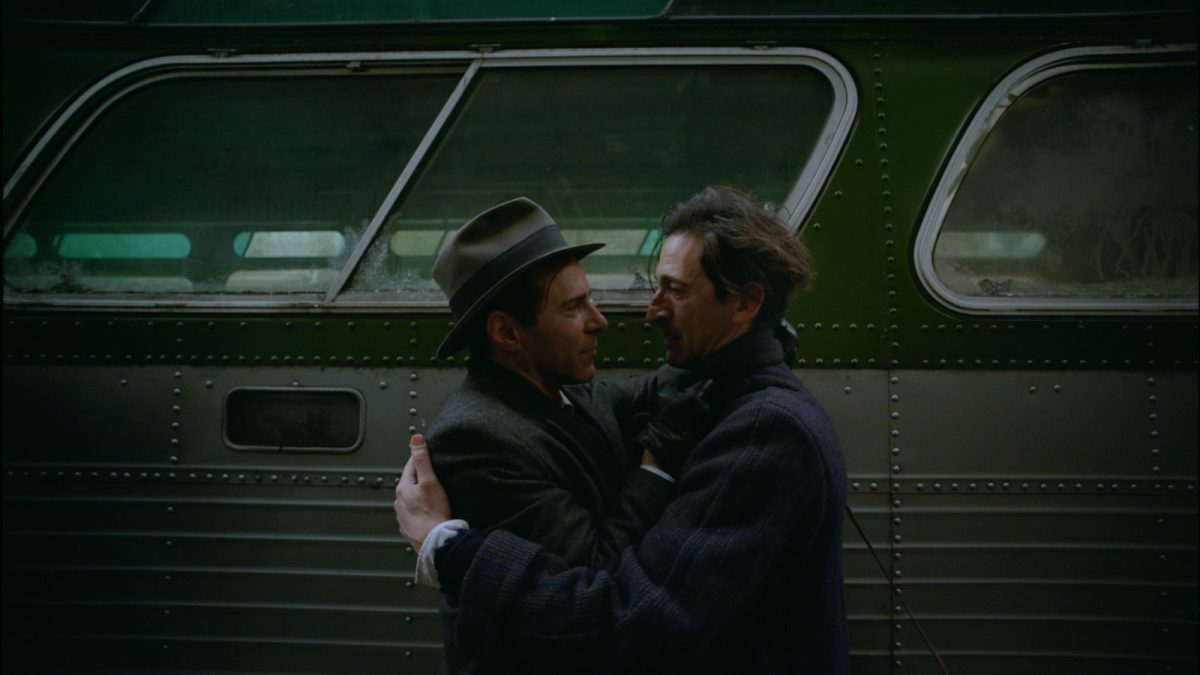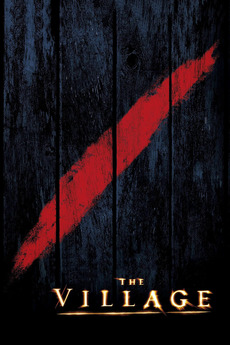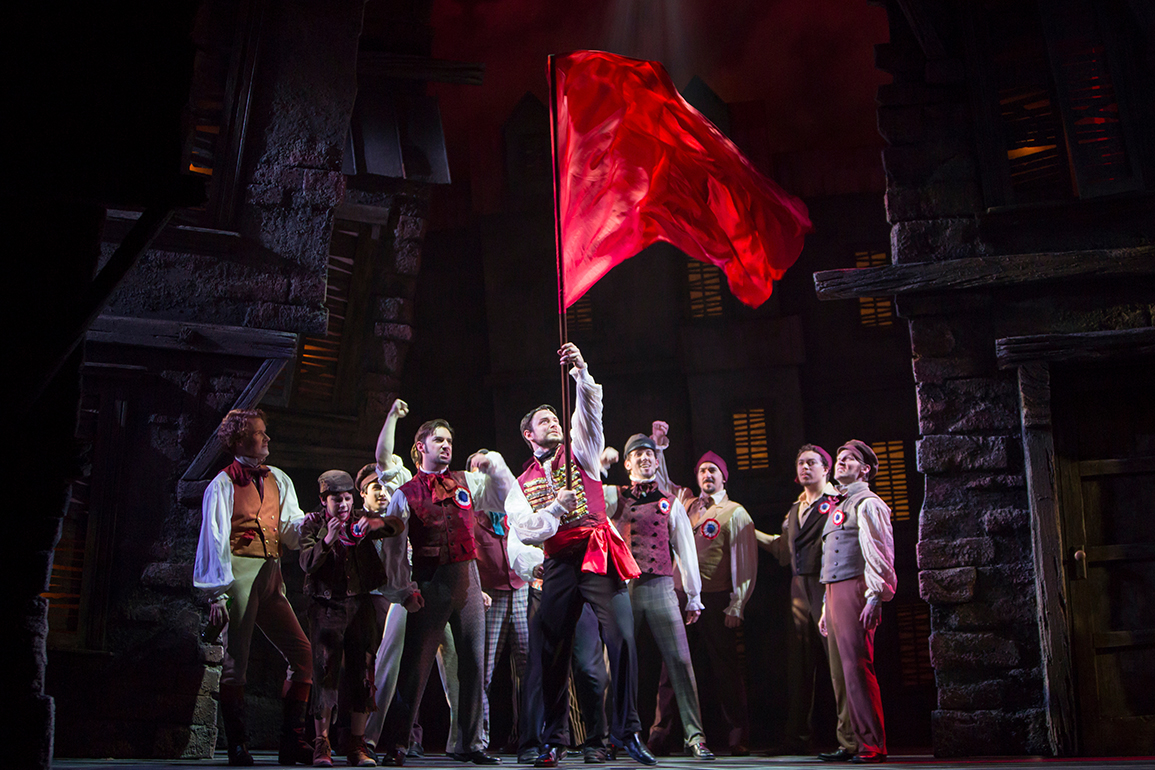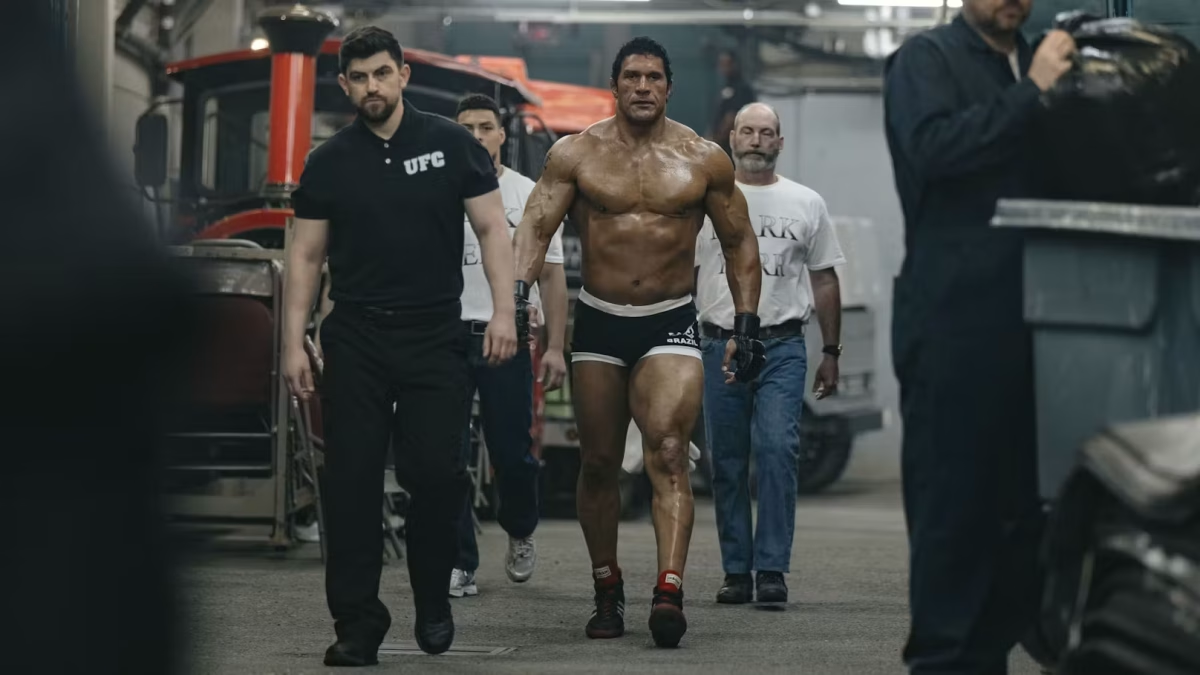“The Brutalist” starts with an electrifying opening—László Tóth (Adrien Brody) wanders through the deck of a boat bound for the U.S. while a voiceover of a letter from his wife, Erzsébet (Felicity Jones), recalls her wishes for his success in the new world. As he steps outside, an upside-down Statue of Liberty looms on the horizon—powerful imagery that foretells the study of the American dream in the movie. Brady Corbet’s epic about Jewish emigration post-World War II is not only a historical feat but a compelling story about being trapped in the ambition for prosperity. “The Brutalist” is the most important film of this season’s awards; like Lászlo, it is the history of cinema starting a new chapter.
After World War II, many Jewish people relocated to the United States, seeking a new life away from the persecution and suffering in Europe. Among them were numerous artists, writers, musicians and architects with distinguished careers. The film focuses on one such figure—László, a renowned Brutalist architect celebrated in Budapest. Struggling, he goes to Pennsylvania to find a new life for his family, where he meets industrialist Harrison Lee Van Buren (Guy Pearce). As Van Buren commissions László for an ambitious project, their paths intersect, showing the wrestling nature of the American dream.
Brody has worked with a similar character in the 2002 movie, “The Pianist,” which won him the Oscar for Best Actor. But it is unequivocal that here, Brody is doing something totally different. László is optimistic and ambitious despite the horrors he faced in the war. Like many minorities, he desires to mend the society that is systematically trying to repel him. During this time, Jewish people in America would change their names, hide their accents and seek new professions to raise more acceptance. But not László; Corbet portrays him as a man who recognizes that his identity is already inescapably shaped. Soon, he is back to what he does, what he was born to do: designing magnificent pieces of architecture that echo his worldview.
Adrien Brody’s work is exceptional—a performance destined to become one of the most iconic characters in film history. He delivers a visceral, profoundly emotional performance that echoes the struggles and strengths of his community. There’s an intimacy in how he portrays Lászlo’s internal world, bringing both vulnerability and firmness to the role. He doesn’t merely play Lászlo; he inhabits him, disappearing into his character in a way few actors could. His ability to capture Laszlo’s inner turmoil while exuding quiet determination sets his portrayal apart, making it clear that no one else could have brought this character to life with such depth and nuance.
As the story unfolds, László’s perception of the American dream, his bosses and even his family constantly shifts. This is an epic tale of the antisemitism faced by post-war Jewish emigrants but also of their resilience and determination to carve out spaces for themselves even as circumstances escalate. László’s journey is as much about survival as it is about ambition, navigating through a world that both accepts and rejects him, especially when it comes to the family he’s “welcomed” to.
Watching the ensemble cast bring this story to life is a joy. Guy Pearce is poised to sweep every Best Supporting Actor award for his portrayal of a Rockefeller-meets-Gatsby industrialist. He personifies grandeur and pairs this perfectly with tension and synergy. Pearce’s character feels like the embodiment of wealth and power and the obstacles Jewish immigrants face in claiming their space in this world.
Felicity Jones is equally magnificent. Her portrayal of Erzsébet is not just heartbreaking but absolutely commendable. Her resilience is not expressed through her physical might but through the sheer force of her will and conviction. She stands firm in her beliefs, supporting László’s ambitions while holding on to her own vision of the future. Despite her frailty, her presence is the most powerful in the film as she embodies the vulnerability and the inner strength of a woman who refuses to be broken by her past.
Corbet planned “The Brutalist” for over six years, aiming to shoot in VistaVision, a variation of the 35mm format that gives the film an old-timey feel with vivid colors and grain. A format famously used by Alfred Hitchcock in movies like “Vertigo” and “North by Northwest,” the film transports you back to when these tools were in their prime, and Corbet nails this homage to classic cinema. People will be talking about this production for years to come.
Even though the film is not widescreen, it fills the theater with the ambition of everyone involved. VistaVision’s wider aspect ratio pulls you into every shot, from sweeping landscapes to intimate close-ups. Corbet doesn’t cut corners—he uses a range of shots that take full advantage of the format’s unique tools. He dares to blend it with modern techniques, making a duel between old-school and innovation to bring out the best of both worlds in cinematic history.
“The Brutalist” received critical acclaim since its debut at the 81st Venice Film Festival in September for its aforementioned eccentric filmmaking and marathon length—three and a half hours, with a 15-minute intermission. And get this: the intermission isn’t a pause. It’s part of the movie itself, showing a countdown with Lásló’s family, and if you take too long getting back from the bathroom, the story rolls on without you.
The film isn’t one to casually catch at 3 p.m. on a Wednesday. The buzz is real, and it’s so special that it feels almost ceremonial to talk about it. It’s a movie to watch without necessarily being aware of the story, just wanting to be surprised by its superb achievement. What Brady Corbet and his cast and crew pulled off—on such a small budget—is mind-blowing.
Rating: 5/5
“The Brutalist” has been screened at The New York Film Festival and will receive a wider release on Dec. 20 through A24.






